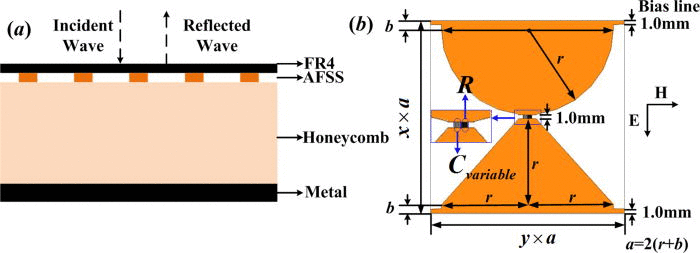Active Stealth Material Developed by Chinese Scientists

Stealth is currently the big strategic advantage in aerial combat, after all, how can weapons systems target a craft they can’t see. And now, the next chapter in the development of stealth aircraft could begin, with the details of a new material that allows for active stealth against an array of radar types being published publicly in the Journal of Applied Physics.
Modern stealth aircraft use a combination of special materials or radar absorbent paint and shaped panels that dissipating radar waves, limiting the amount that radar systems can receive back. This allows them to limit their visibility (or cross-section) to most types of super high-frequency waves used in search radars and homing missiles’ fire control systems. However, as stealth technology has advanced, more powerful ultra high-frequency radars able to more keenly search for aircraft and defeat common radar absorbent materials.
The active stealth material developed by scientists from the Huazhong University of Science and Technology is different, being able to tune its absorption to wide variety of frequencies, even those in the ultra high-frequency ranges. The material is far from bulky too, being as little as 7.8mm in thickness. The material is made of a layer of FR4, a common material used in circuit boards covering a second layer of the “active frequency selecting surface”, which is packed with varactor diodes (a type of semiconductor capacitor) and PIN diodes (semiconductors that act as variable resistors to electromagnetic radiation). These are held together and separated from any underlying metal by a thicker honeycomb material. The scientists claim that their material is functional in absorbing frequencies from 0.7 to 1.9 GHz, giving up to 40 dB of reflection.

And while the US military may worry that this technology was developed by researchers funded by the Chinese government, they can be relieved that this technology was made public, allowing their own researchers to fast-forward development of active stealth materials and gaining an insight into what next-generation Chinese stealth aircraft may use. With the world’s premier stealth aircraft, the F-22 Raptor already being over 15 years old, it is interesting to see a development that could shake up the designs of future planes.
Image credit to Wikimedia









when will china be put back in it’s box ? it will happen at some point methinks.